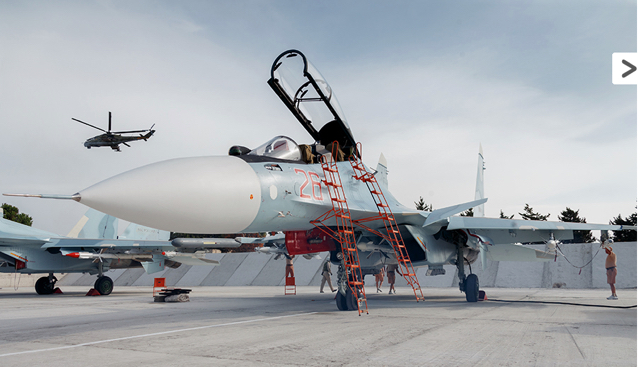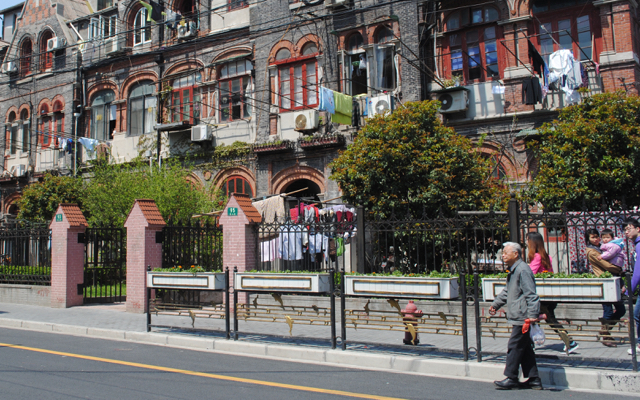by David Parmer
The question is not why are the Russians in Syria now; they have been there since the 1970s. Russia’s last naval base outside its homeland is in Tartus, Syria. And Syria buys Russian weapons, and has done so for a long time. No, the question is why has Russia stepped up in the autumn of 2015, deployed more than 50 aircraft of all types and put 4,000 pairs of boots on the ground, and started a massive bombing campaign in support of the Assad regime that reportedly has exceeded 1,000 sorties? Why?
The simplest reason is probably that Russia sees intervention in the Syrian conflict as being in its self-interest. Putting aside Russia’s natural support for its main Middle East client, which is a “no-brainer”, there are two likely reasons for Russia’s current Syria policy:
1) Foreign Fighters: There are an estimated 7,000 Russian fighters who have joined ISIS in Syria as well as 1700 of Russian origin in Iraq. It is likely that Russia would rather take on and destroy these fighters here (Syria) and now than have them become battle hardened and bring their extremism back to Mother Russia.
2) To Prevent a Failed-State Vacuum: Russia’s (and everybody except ISIS’s) worst nightmare would be Syria turning into another Somalia. A lawless, wild west in Russia’s back yard is simply not an option. So Russia has decided to prop up its client Assad and keep him in the game deciding that the alternative (a failed state and a power vacuum) would be unthinkable. One way of looking at this would be to consider that even though Russia is keeping the house of cards upright for its own purposes, it is doing the region and the world a service, since, in our inner-connected world, there is no more “over there”—in our digi-sphere we are all in it together.
Is Russia’s ploy going to work? Is the Russian variable the one that will stabilize things in this conflict? Perhaps it is too early to tell, but Mr. Putin has put his chips on the table and the wheel is spinning.
Foreign Fighters In Syria:
https://www.rt.com/news/320705-russia-isis-syria-asean/
Putin on Foreign Fighters
Photo: Russian Federation MOD
 日本語
日本語 English
English 中国語
中国語
